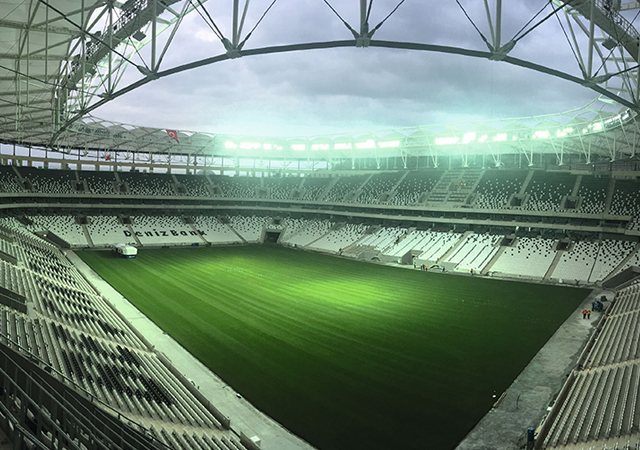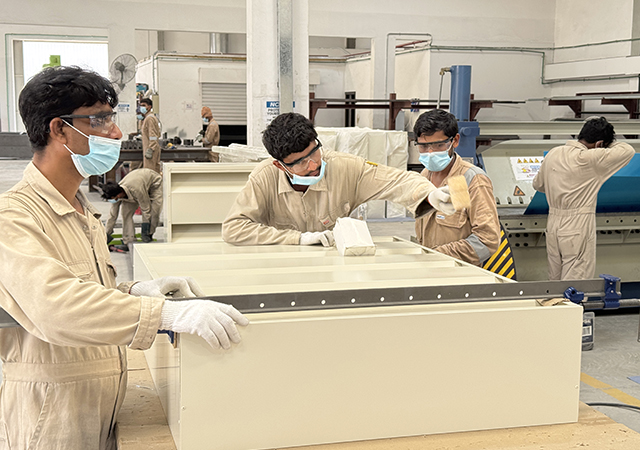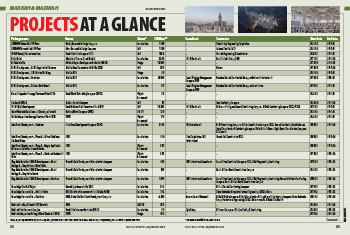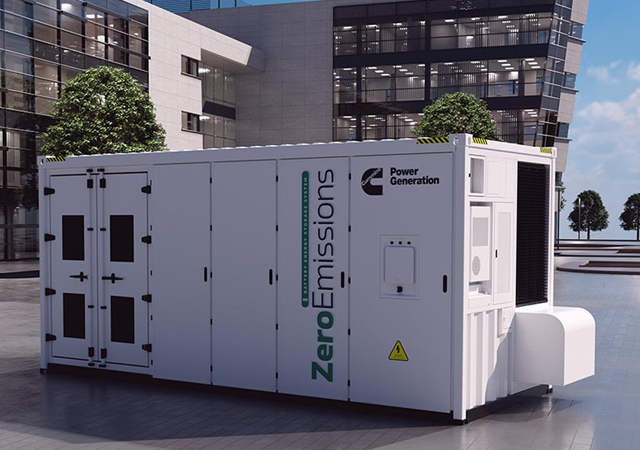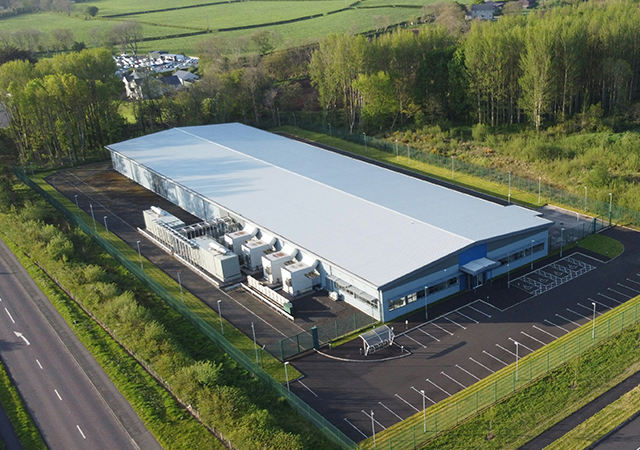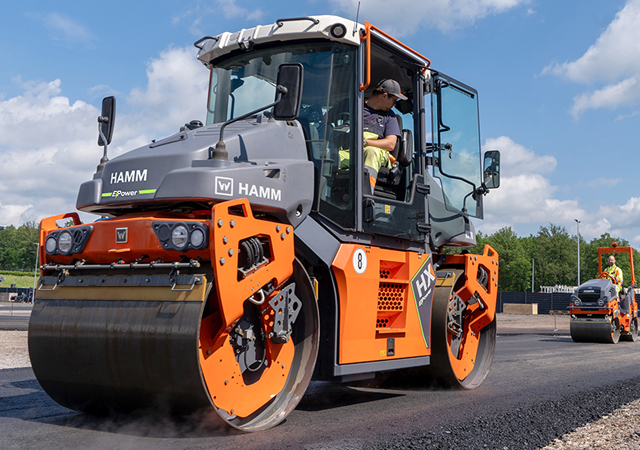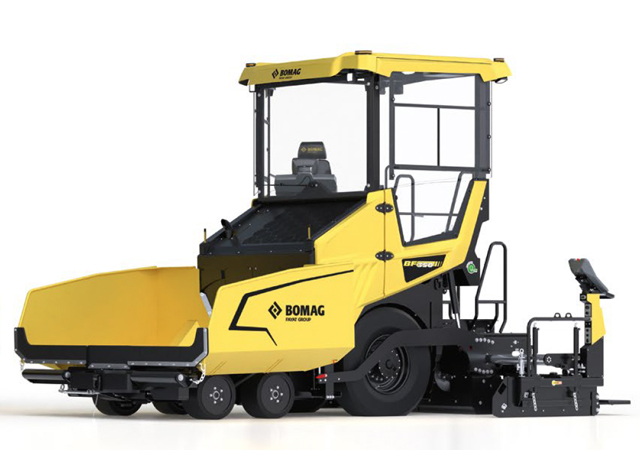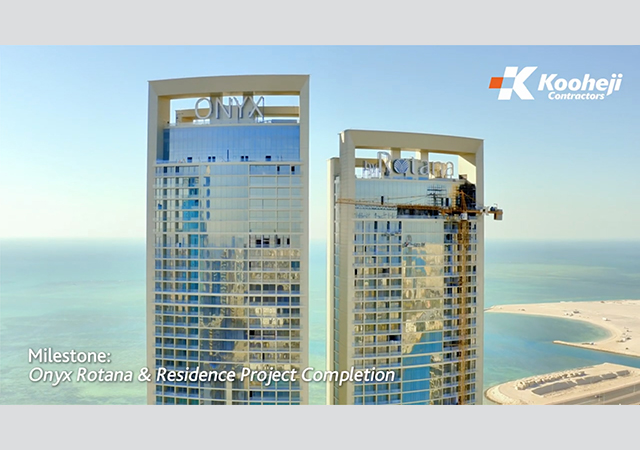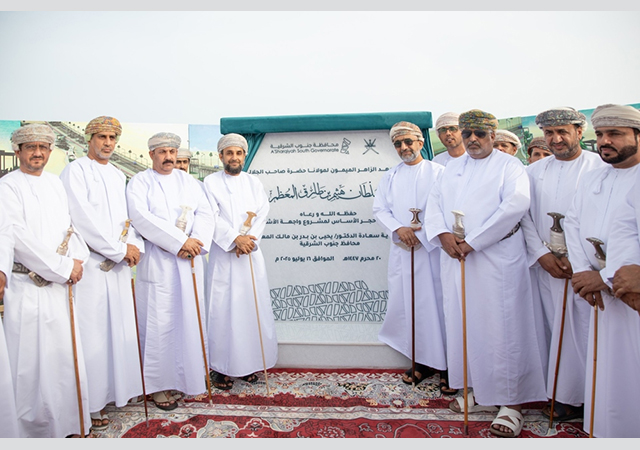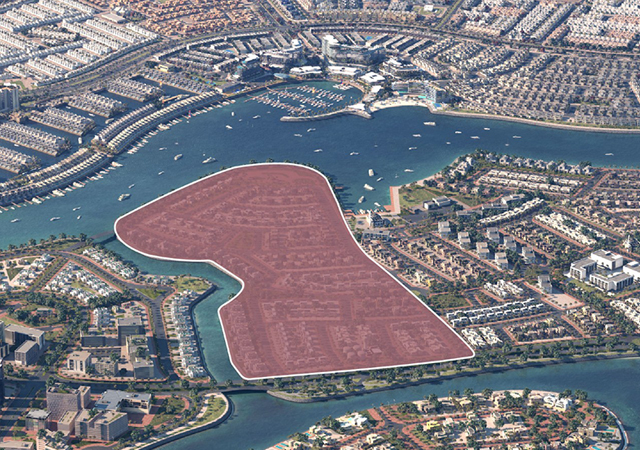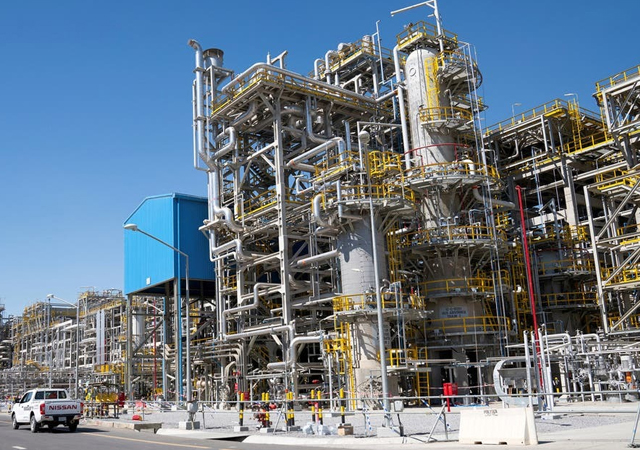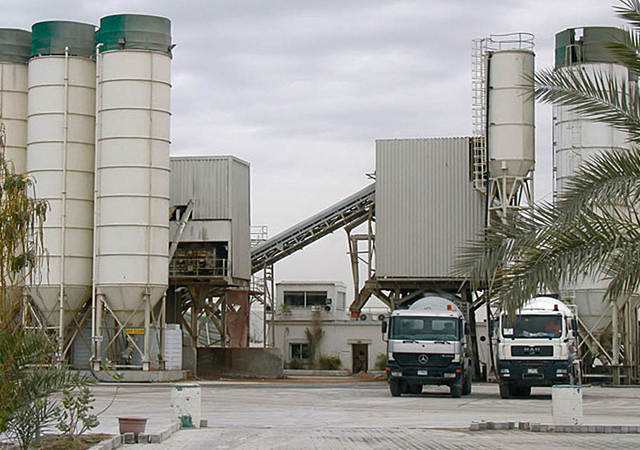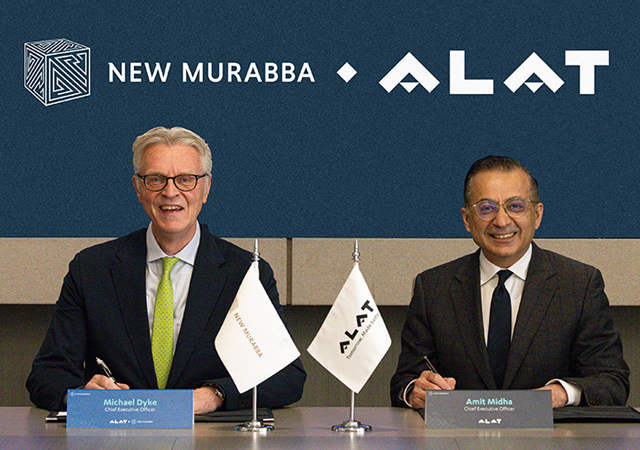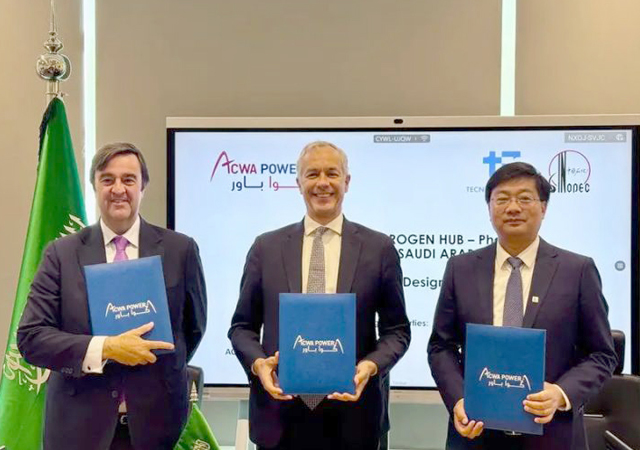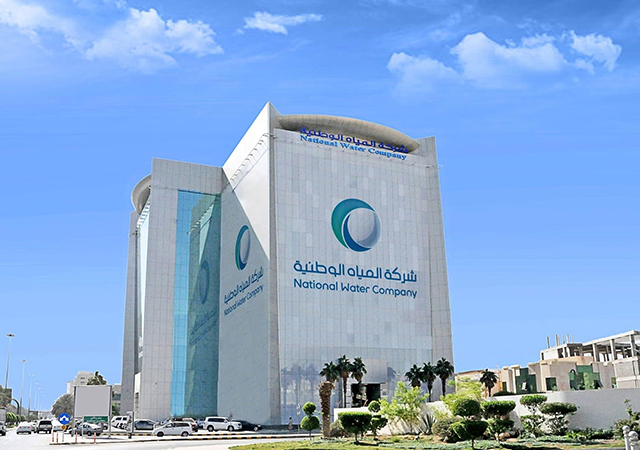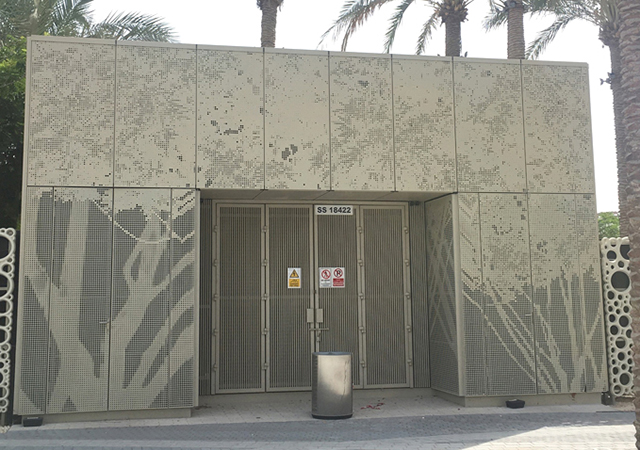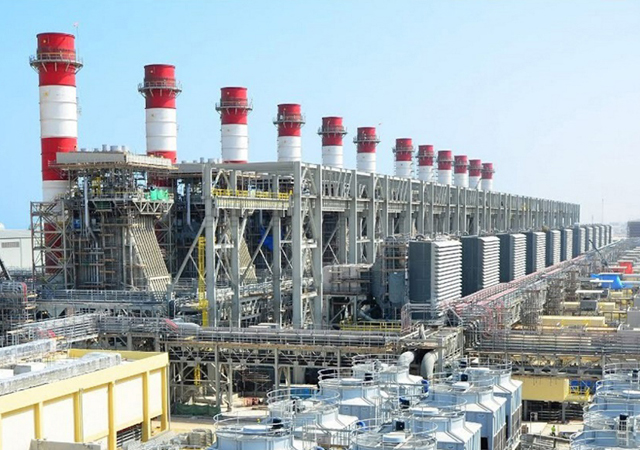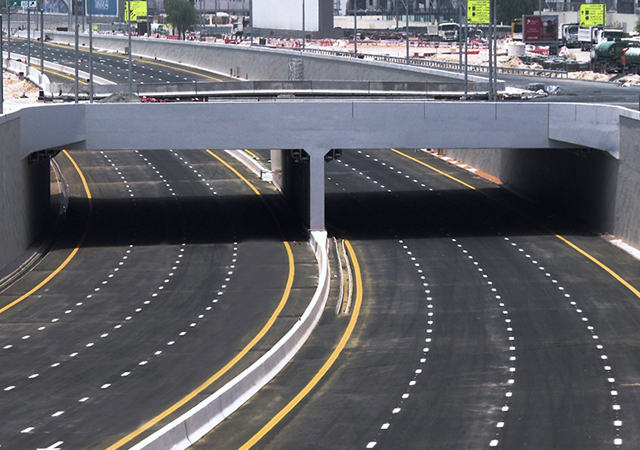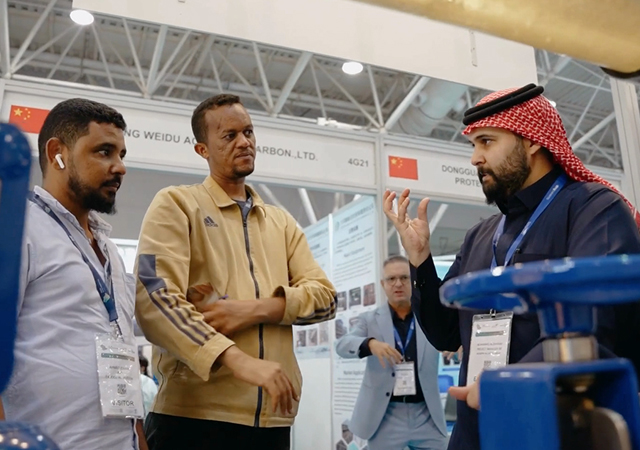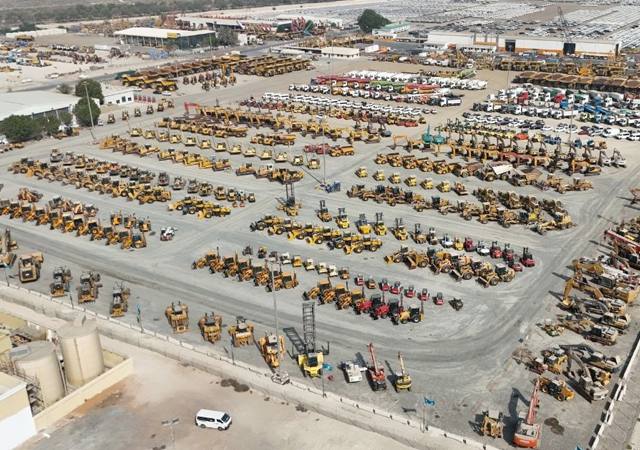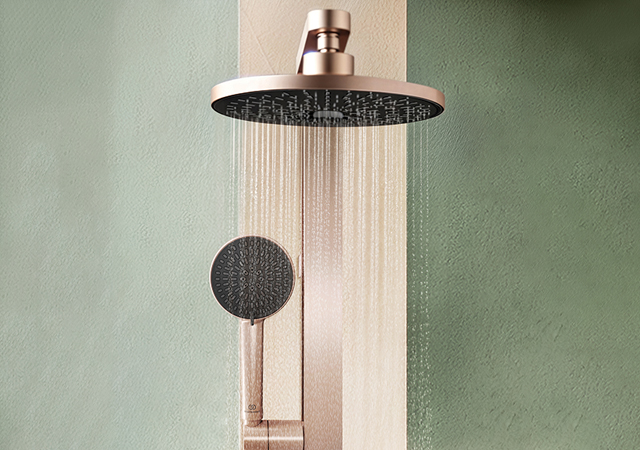
EN 12004 is the recent European Norm for tile installation materials, which is now in force and will replace BS 5980 in the UK. ANSI 118 is the US standard for tile installation materials Laticrete most commonly refers to.
What do these standards test?
This article looks at the finished adhesion strengths and workability (open time) of latex/cement-based thinset adhesives, which are most commonly used in the Asia Pacific region. It will consider ANSI 118.4 which tests latex-fortified adhesives and the cement adhesive category in EN 12004. Polymers have to be used when comparing EN12004 to ANSI 118.4.
ANSI 118.4 tests open time by applying a glazed ceramic, 13-15 per cent absorption tile on the mortar 45 minutes after adhesive application and twisting through 90 degree - if it falls off, fail, if it stays put, pass. This is repeated at five-minute intervals with the open time being the last time at which it did not fall off.
EN 12004 tests open time by installing a glazed ceramic tile of 15 per cent water absorption 20 minutes after adhesive application. This is then subjected to a tensile test at 28 days with a pass criterion of 0.5 N/sq mm.
Compared to tensile adhesion strength, shear forces are more representative of the loads experienced in situ due to temperature change and consequent change in tile dimension and shrinkage and creep in the substrate. ANSI tests only shear, EN tests only tensile.
ANSI 118.4 allows testing of adhesion strength using three tile types with varying water absorption depending on the installation: Glazed wall tile, 13-15 per cent, impervious ceramic mosaic tile 0-0.5 per cent and quarry tile < 5 per cent. EN 12004 uses fully vitrified tile of water absorption < 0.2 per cent, which is similar to ANSI's impervious mosaic.
Comparing pass criteria for similar tiles, ANSI requires a shear adhesion strength of 1.4 N/sq mm for impervious ceramic mosaics, EN 12004 requires a normal adhesive to be > 0.5 N/sq mm and a high strength adhesive = > 1N/sq mm, all are at 28 days. In addition, the EN requires the same performance after freeze thaw, heat ageing and water immersion regimes.
Optional requirements may also be specified for slip resistance, fast setting and extended open time.
To summarise, ANSI just tests whether the tile stays put after 45 minutes of open time. The EN tests for open time is only after 20 minutes, but actually measures the adhesion achieved which must be as good. ANSI tests to specific tile types and emphasises shear, which is representative of in situ conditions. EN only tests tensile for ease of testing and has two pass grades, normal and high, with additional exposure criteria for special applications.
The EN is a huge improvement on the old BS 5980. Laticrete believes that shear adhesion is still more representative of in situ conditions, but the use of the low water absorption tile for tensile adhesion testing is more representative of modern applications.
In addition, the option to go for high strengths enables the specifier to opt for a superior performance material where the installation demands it.
US-based Laticrete International is a world leader in the manufacture of ceramic tile and stone installation systems. Laticrete materials conforming to the new EN are now available.






